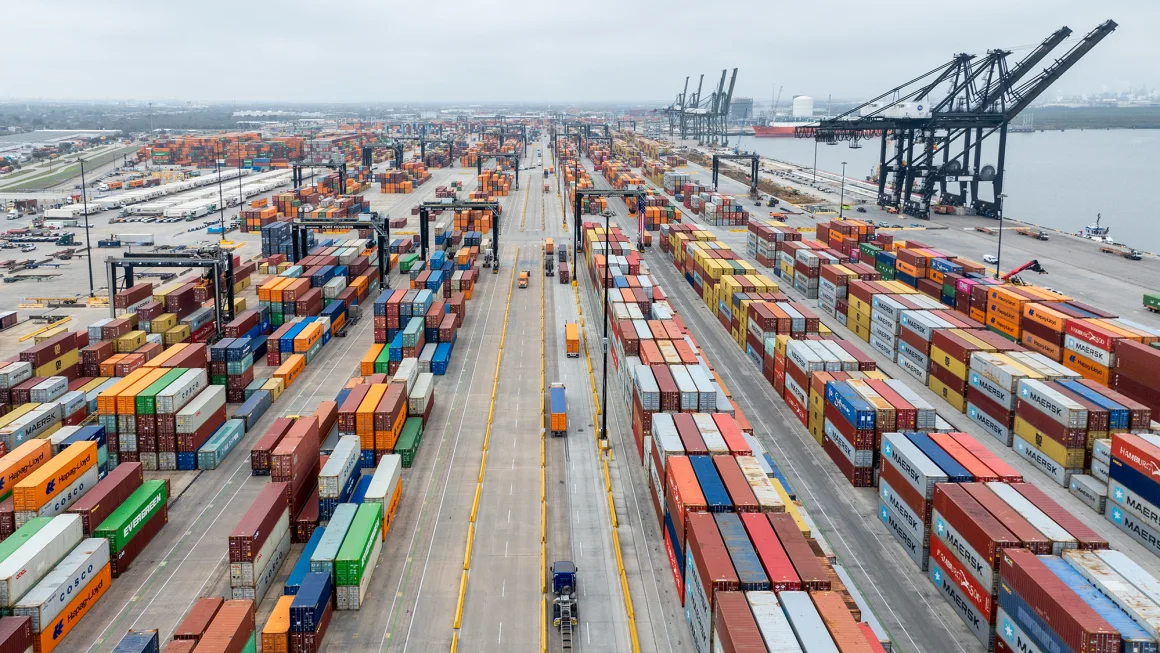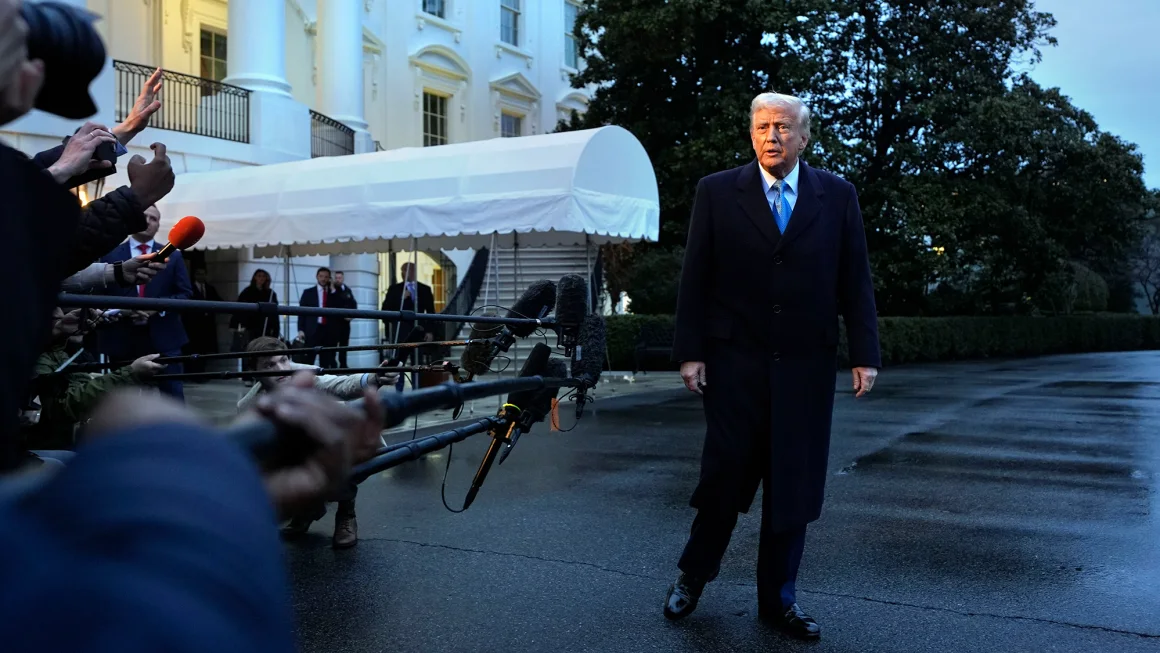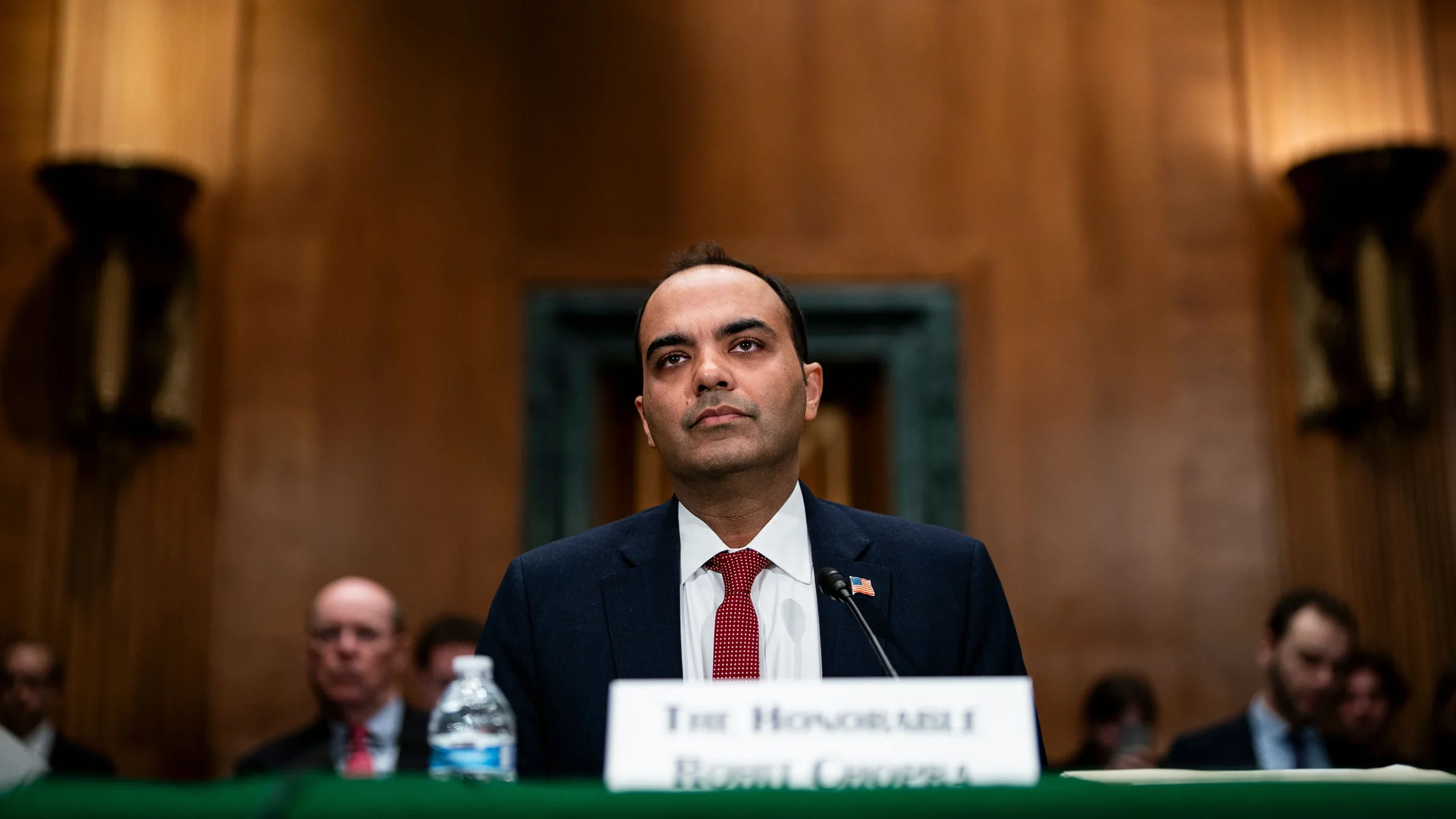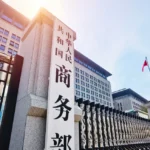Washington, D.C. – Former President Donald Trump is set to unveil a new wave of reciprocal tariffs on Thursday, aiming to match the higher rates other nations impose on American goods.
Trump, who has long championed protectionist trade policies, explained his approach as straightforward: “Very simply, it’s if they charge us, we charge them.” White House press secretary Karoline Leavitt reinforced this stance, stating that the policy is designed to protect American workers and national security, as the U.S. has been “ripped off” by foreign trade policies.
The new tariffs are expected to primarily affect developing nations like India, Brazil, Vietnam, and several African countries, which have significantly higher import duties on U.S. goods. For example, in 2022, India’s average tariff rate on American imports was 9.5%, compared to the U.S. average of 3% on Indian goods. However, Trump’s upcoming meeting with Indian Prime Minister Narendra Modi could lead to a potential agreement to soften or delay the tariffs on Indian exports.
The move comes amid Trump’s broader trade policy, which recently saw a 10% across-the-board tariff take effect last week, along with stricter 25% duties on steel and aluminum. If Trump proceeds with the planned 25% tariffs on Mexican and Canadian goods in March, analysts at the Peterson Institute estimate the total tax burden on American households could exceed $1,200 per year.
The impact of these tariffs is expected to be felt across various industries, with price hikes likely for imported medical-grade gloves, electronic components, and European cars, which currently face a 2.5% tariff in the U.S. but are taxed at 10% in the EU. Economists warn that unless businesses absorb the costs, American consumers will ultimately bear the financial burden.
With trade tensions escalating, Trump’s tariff strategy is poised to reshape global economic relations and spark debates over the long-term effects on the U.S. economy.














